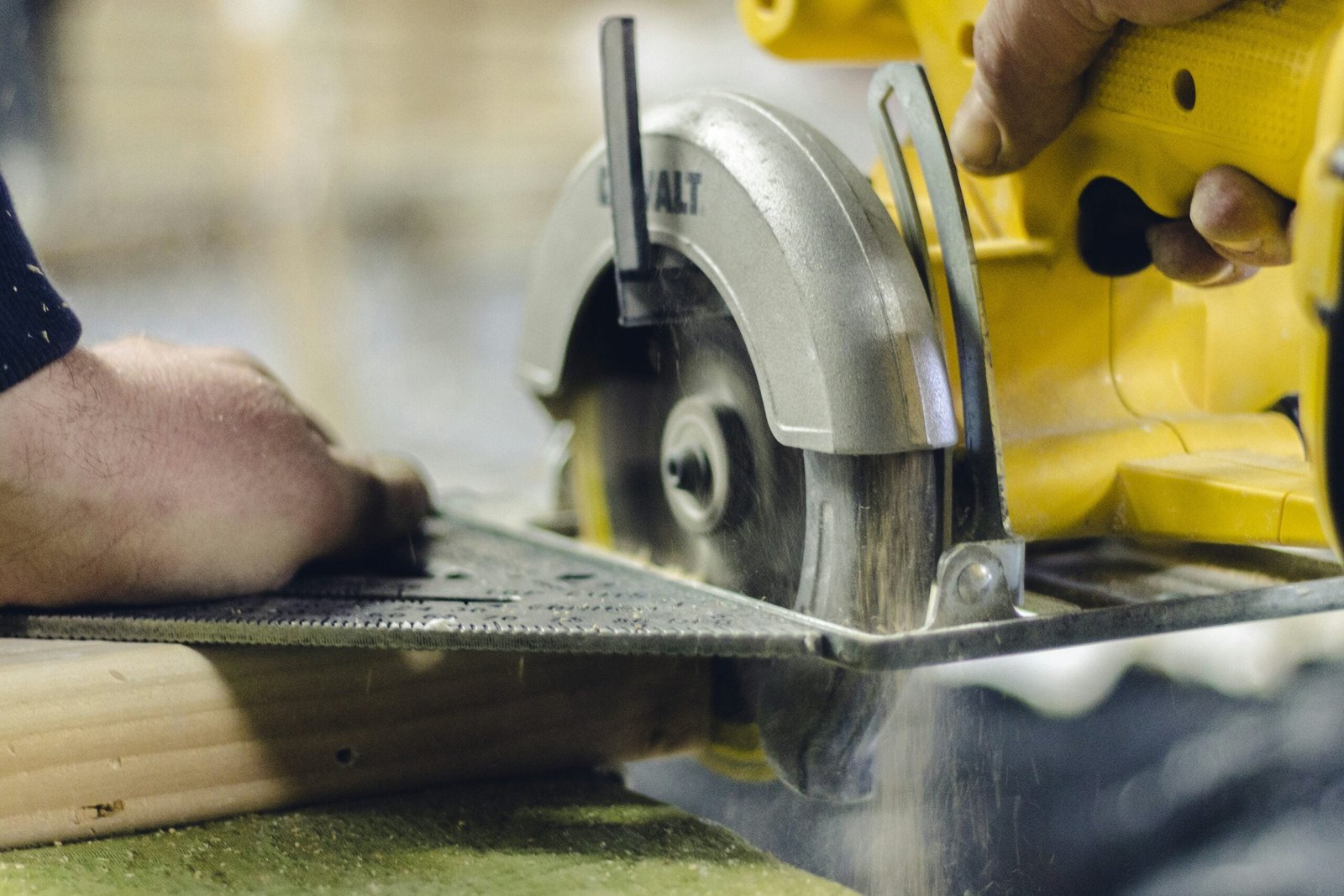If you’re an avid gardener or someone who enjoys spending time in the great outdoors, you’ve probably encountered the dilemma of how to prevent wood chips from catching fire. Whether you’re using them as mulch around your plants or for decorative purposes, it’s important to ensure that they don’t become a potential fire hazard. In this article, we’ll explore some simple yet effective methods to keep your wood chips safe and fire-free, allowing you to enjoy your garden without any worries.

Understanding the Causes of Wood Chip Fires
Spontaneous combustion explained
Wood chip fires can occur due to a phenomenon called spontaneous combustion. Spontaneous combustion happens when materials oxidize and generate enough heat to ignite without an external heat source. In the case of wood chips, it can happen when the moisture content is high and the pile is not properly ventilated, allowing heat to accumulate.
Effect of moisture levels on combustion
The moisture content of wood chips plays a crucial role in determining the risk of combustion. When wood chips have a high moisture level, they become more prone to heating and igniting. This is because the decomposition process produces heat, and excessive moisture prevents the dissipation of that heat, increasing the chances of a fire.
Influence of oxygen and heat
Oxygen and heat are two essential elements for combustion to occur. In the case of wood chips, a well-ventilated pile allows for the proper circulation of oxygen, aiding in the decomposition process without the excessive accumulation of heat. However, if the pile is too tightly packed or lacks proper aeration, the risk of fire increases as oxygen levels decrease and heat builds up.
Wood chip pile size and fire risk
The size of the wood chip pile also plays a significant role in fire risk. A large pile generates more heat due to the increased microbial activity in the decomposing wood. Moreover, large piles can be more difficult to effectively ventilate and regulate temperature, further increasing the risk of a fire outbreak.
Proper Storage of Wood Chips
Choosing the right storage location
When considering the storage of wood chips, it is crucial to choose an appropriate location. The storage area should be away from any potential ignition sources, such as open flames or electrical equipment. Preferably, it should be situated in an open area, allowing for easy access and ventilation.
Importance of wood chip pile size
The size of the wood chip pile in storage should be carefully considered. It is advisable to keep the size of the pile manageable so that it can be effectively monitored and ventilated. Keeping the pile size smaller reduces the chances of spontaneous combustion and facilitates better temperature regulation.
Covering wood chips to protect from weather
Wood chips stored outdoors are susceptible to moisture from rain or snow, which can increase the risk of combustion. To protect the wood chips from excessive moisture, it is essential to cover the pile with a waterproof tarp or a similar material. This helps prevent the pile from getting saturated and minimizes the likelihood of combustion.
Rotating wood chip piles regularly
Regularly rotating wood chip piles is an effective practice to prevent localized areas from retaining excessive moisture. By moving the outer layers of the pile to the center, moisture distribution becomes more balanced, reducing the risk of spontaneous combustion. This rotation also aids in maintaining proper aeration and temperature control.
Appropriate Handling of Wood Chips
Safe transportation of wood chips
When transporting wood chips, certain safety measures should be followed to minimize the risk of fire. Ensure that the transport vehicles are clean and free from any flammable materials. Additionally, ensure that the wood chips are not stacked too high, risking contact with power lines or causing instability during transportation.
Preventing accidental spark or fire exposure
Wood chip piles should be stored away from potential ignition sources, such as welding or grinding activities, flammable liquids, or electrical equipment that can generate sparks. Clearing the surrounding area of any flammable debris and providing adequate space between the pile and ignition sources can greatly reduce the risk of accidental fires.
Care while working around wood chip piles
It is important to exercise caution when working around wood chip piles. Smoking or open flames should be strictly prohibited in the vicinity of the storage area. Additionally, workers should be trained in safe practices when working with wood chips, such as handling tools and equipment properly and reporting any signs of overheating or smoldering.
Moisture Regulation in Wood Chips
Understanding ideal moisture levels in wood chips
To prevent the risk of combustion, it is crucial to maintain the moisture content of wood chips within a safe range. The ideal moisture content is generally around 20-30%. Moisture levels above this range can create a fertile environment for the growth of microbes, leading to accelerated decomposition and heat generation.
Using moisture meters for accurate readings
Moisture meters are valuable tools for accurately measuring the moisture content of wood chips. By inserting the meter into the pile, it can provide instant readings, helping to determine if the moisture levels are within the desired range. Regular monitoring with moisture meters enables prompt adjustments to moisture levels if necessary.
Methods to increase or decrease moisture levels
If the moisture content of wood chips is too high, certain methods can be employed to reduce it. Ensuring proper ventilation and aeration can facilitate the drying process. On the other hand, if the moisture levels are too low, spraying the pile with water can help bring the moisture content to a safer range. Care should be taken not to oversaturate or create excessively dry conditions.

Aeration Strategies for Wood Chips
Significance of good aeration
Effective aeration is essential in preventing wood chip fires. Proper airflow allows for the dissipation of moisture and heat, reducing the risk of spontaneous combustion. Adequate aeration ensures that microbial activity within the pile remains balanced and minimized, preventing the accumulation of excessive heat.
Effective aeration methods
Several methods can be employed to achieve good aeration for wood chip piles. Turning the pile regularly allows for the movement of air through the pile, maintaining a balanced moisture and heat distribution. Using a tractor-mounted blower can also facilitate aeration by blowing air through the pile, ensuring proper ventilation.
Frequency and timing of aeration
The frequency and timing of aeration depend on various factors, such as the size of the wood chip pile and environmental conditions. Generally, wood chip piles should be aerated at least once a week. However, during periods of high humidity or when the pile size is particularly large, more frequent aeration may be necessary to maintain optimal conditions.
Monitoring Temperature of Wood Chip Piles
Role of temperature in wood chip combustion
Temperature plays a crucial role in the risk of wood chip combustion. As decomposition occurs, heat is generated within the pile. Monitoring the temperature allows for early detection of potential fire hazards. Elevated temperatures can indicate excessive microbial activity and can serve as a warning sign for potential combustion.
Consequences of too high temperatures
If the temperature within the wood chip pile exceeds a certain threshold, the risk of combustion significantly increases. High temperatures indicate the presence of intense microbial activity, which can lead to the accumulation of combustible gases and the ignition of the wood chips. Therefore, monitoring temperature levels becomes imperative to prevent fire outbreaks.
Methods to monitor and control temperature
Monitoring the temperature of wood chip piles can be achieved through the use of temperature probes or infrared thermometers. These tools allow for regular temperature measurements at various points within the pile. If temperatures exceed safe levels, immediate action should be taken to increase aeration, adjust moisture levels, or, if necessary, remove the pile to prevent fire incidents.

Fire Safety Measures
Maintaining a fire extinguisher near storage area
One of the essential fire safety measures is to have a fire extinguisher readily available near the wood chip storage area. The fire extinguisher should be in good working condition and appropriate for use on wood chip fires. Regular inspections and maintenance of the fire extinguisher ensure its effectiveness in case of an emergency.
Regular fire safety drills
Conducting regular fire safety drills is crucial to ensure that all personnel working in or around the wood chip storage area are familiar with the proper procedures in case of a fire. These drills should cover topics such as alarm activation, evacuation routes, and proper handling of fire extinguishers. Practice and familiarity can save valuable time and reduce panic during emergencies.
Creating fire breaks
Creating fire breaks around the wood chip storage area is an effective preventative measure. These breaks can be in the form of cleared vegetation or paved surfaces, acting as a barrier to prevent the spread of fire. Adequate space should be maintained between the wood chip pile and any surrounding vegetation or flammable materials.
Emergency Response Plan
Creating an effective emergency response plan
Developing an emergency response plan specifically tailored to the wood chip storage facility is crucial. The plan should outline the procedures to be followed in case of a fire, including alarm activation, evacuation routes, and communication protocols. Designate specific roles and responsibilities to ensure a coordinated response during an emergency.
Training staff for fire emergencies
All personnel working in or around the wood chip storage area should receive proper training regarding fire emergencies. This includes fire safety protocols, the use of fire extinguishers, and evacuation procedures. Regular training sessions ensure that employees are prepared and confident in responding to fire incidents.
Regular testing and updating of the plan
An emergency response plan should be regularly tested and updated to ensure its effectiveness. Conducting drills and simulations can help identify any areas of improvement. Additionally, changes in personnel, equipment, or storage procedures should prompt the revision and updating of the emergency response plan.
Investing in Insurance
Importance of having fire insurance for wood chip stocks
Investing in fire insurance for wood chip stocks is crucial to protect against potential financial losses in the event of a fire. Fire insurance provides coverage for damage to the wood chips, storage facility, and any associated equipment. Having proper insurance ensures peace of mind and mitigates the financial impact of a fire incident.
Choosing the right insurance plan
Selecting the appropriate insurance plan requires careful consideration of various factors. Evaluate the insurance provider’s reputation, coverage options, and exclusions specific to wood chip storage and fire incidents. Seek professional advice if needed to ensure that the chosen insurance plan adequately covers the potential risks associated with wood chip storage.
Understanding the insurance policy terms and conditions
Thoroughly understanding the terms and conditions of the insurance policy is imperative to ensure that the coverage meets the specific needs of the wood chip storage operation. Pay attention to factors such as coverage limits, deductibles, and any additional requirements or exclusions outlined in the policy. Clear communication with the insurance provider will help clarify any uncertainties.
Hiring a Professional Fire Risk Assessor
Advantages of hiring a fire risk professional
Engaging the services of a professional fire risk assessor can provide numerous advantages in mitigating the risk of wood chip fires. These experts possess specialized knowledge and experience in fire prevention and can conduct thorough assessments of the storage facility. They can identify potential hazards, recommend appropriate prevention measures, and assist in developing a comprehensive fire safety plan.
Factors to consider while choosing the right professional
When selecting a fire risk professional, consider their qualifications, experience, and expertise in wood chip fire prevention. Look for certifications or affiliations with relevant industry organizations. Additionally, solicit recommendations or ask for references to ensure their competence and previous success in addressing fire risk matters.
Interpreting the assessment report and making necessary changes
Upon receiving the assessment report from the fire risk professional, it is important to carefully review and understand its findings. The report may highlight specific areas of concern or recommend changes to storage practices and fire prevention measures. Implementing the recommended changes promptly and effectively is vital for minimizing the risk of fire incidents.
By following these comprehensive guidelines and understanding the causes and prevention strategies for wood chip fires, you can significantly reduce the risk of fire outbreaks in your wood chip storage facility. Remember, safety should always be a top priority when dealing with potentially combustible materials.

